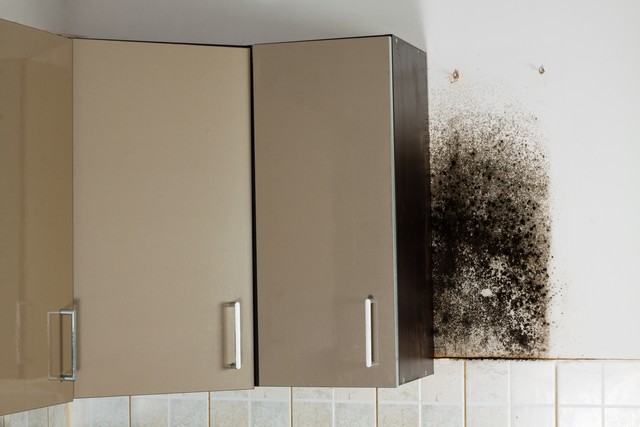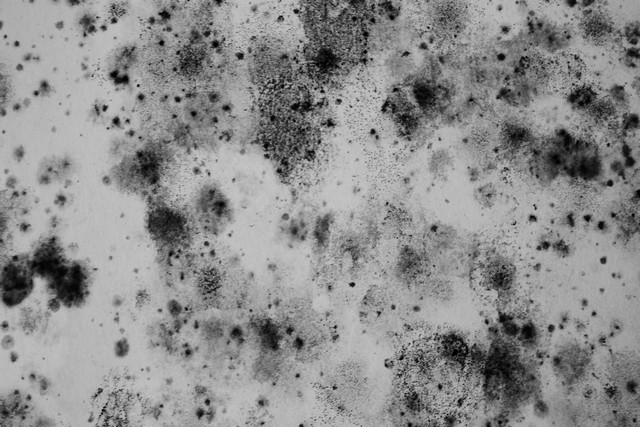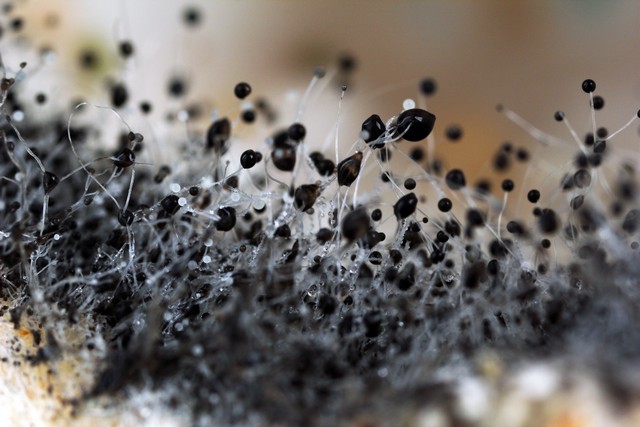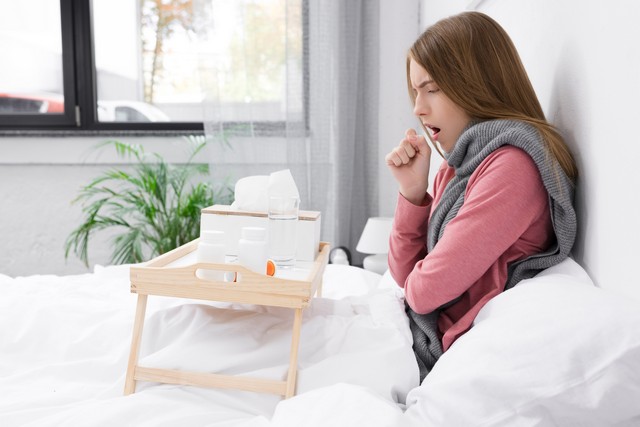How Dangerous Is Black Mold?

How Dangerous Is Black Mold?
Most of what we hear in the media about mold is often the extreme examples which does create some panic in people when they find mold in their homes. Our advice, don’t panic! Call our mold hotline, 617-527-2229, if you suspect mold.
Puritan Restoration is passionate about indoor air quality and specialize in mold removal. One of our goals is to educate consumers and business owners in Norwood, Newton, Framingham, Cambridge, Needham, Brookline MA and surrounding areas about mold.
In order to accomplish this objective, we offer you free and valuable information that will help you understand the many concerns caused by mold and assist you in making informed decisions in the event that you do find it in your home or business.
This article explores the topic of black mold, explaining what it is, why it grows, and the potential health consequences of exposure, listing the top 15 health issues that black mold, also known as Stachybotrys, causes. In addition, we will start this article by listing and explaining 8 myths about mold that most people believe!
If you are concerned that you may have black mold growing in your home or business, please give us a call, 617-527-2229, we are here to help! 🙂
Mold Myths!

Mold Myths!
1. All mold is bad!
Not true. In fact, mold is used to make blue cheese and the common medicine, penicillin!
2. Everyone gets sick from mold!
This is partly true!
The health impact varies because some molds cause health problems, particularly if someone is constantly exposed to mold for an extended period of time and/or have a suppressed immune system.
People who are highly sensitive to mold or with compromised immune symptoms may develop allergic reactions and have difficulty breathing, bloody noses, itchy and watery eyes, and other physical symptoms.
If you find mold and suspect it could be causing health problems, call Puritan Restoration.
3. Mold is only a problem when it grows indoors!
This is not true because mold is part of our eco-system and has a role in our environment: to eat dead organic material.
Mold is everywhere, outdoors and indoors, so if you are sensitive, even being outside can trigger mold allergies.
Health problems arise if the concentration of indoor spores is significantly greater than the concentration of outside spores.
In addition, as mold grows, it can release mycotoxins and other volatile organic compounds (VOCs) that can result in bad health.
Since mold affects everyone differently and some people are predisposed to mold illness, it is important that you contact Puritan Restoration if you suspect that you have mold in your home or business.
4. Bleach kills mold!
This is a myth perpetuated frequently on the Internet.
Bleach can be effective on non-porous surfaces, but is not a good long term solution.
Bleach is not effective on porous materials and using bleach also poses health hazards.
Our advice, if you find mold don’t reach for the bottle of bleach and spray it because you could make the situation worse.
5. If you find mold, all you need to do is kill it!
Wrong!
Killing mold is not enough because allergens are still present in dead mold. Mold growing on porous materials must be properly removed to prevent the spread of spores throughout the property.
6. Since mold is part of nature, it is not a problem!
Wrong!
While mold may be natural, consistent exposure to mold can have a negative impact on health. Plus, if mold is growing in your home or place of business it needs to be addressed because it impacts the structural integrity.
7. A little bit of mold is not a concern!
Again, this is a myth.
If you see mold, you likely have moisture issues in your home that will continue to lead to increased mold growth. Visible mold could be indicative of a much worse mold problem in your home.
The major concern is the mold that you do not see, which could be growing behind walls. The best advice we can give is to contact Puritan Restoration so that we can assess the situation.
8. Mold is easy to clean!
Some consumers think that they can clean the mold themselves by simply visiting their local hardware store and purchasing a mold killing spray. It may seem like a good idea, but spraying or trying to kill the mold will not address the core moisture problem that is causing the mold.
The other major consideration is you want to be very careful that you do not disturb the mold because the spores will spread further in your home or business which could make the situation worse. While you may be able to clean up certain kinds of mold in small quantities most people are not equipped to do proper mold remediation.
Simply wiping the mold away is not good enough. To properly “cleanup” a mold problem you must identify the cause, isolate the area to keep the mold from spreading, and clean and/or remove the contaminated surfaces/materials.
Unless you know how to setup a containment unit, have a couple of commercial sized HEPA air filtration units, protective gear, HEPA vacuums, specialized cleaning agents, and can do a wet extraction to keep mold spores from spreading, you should call Puritan Restoration because we are professionally trained to do this for you!
Now that you understand some myths about mold, the remainder of this article will educate you about black mold.
What Is Black Mold?

What Is Black Mold?
Stachybotrys molds decay organic matter. The most common species, Stachybotrys chartarum, sometimes referred to as Stachybotrys atra often grows indoors.
Ideal conditions for Stachybotrys growth include moisture, a nutrient/food source, temperature, and time. Ideal humidity for this black mold is a relative humidity of 90% or higher for it to begin the germination growth process. Stachybotrys feeds on materials with a high cellulose content such as hay, straw, wood chips, and building materials such as ceiling tile, drywall, paper vapor barriers, wallpaper, insulation backing, cardboard boxes, and paper files.
Stachybotrys is considered the King of Molds because it will develop into the dominant mold group if the conditions are favorable and will crowd out the other molds that began feeding on the material first.
Unlike other molds like Aspergillus, Penicillium, and Cladosporium which begin growing within one to two days, Stachybotrys takes one to two weeks to begin growing.
When Stachybotrys mold is growing on wet material, the spores do not disperse as easily because the spores are held together by a sticky/slimy coating. However, when the material dries out or is disturbed, the spores will spread through the air.
The main concern of Puritan Restoration is to prevent the spread of toxic black mold. The most effective method of doing this is through containment, which is the process of creating a poly barrier around the area where the Stachybotrys mold is growing.
This procedure is so important because Stachybotrys spreads by releasing spores. Mold contaminated materials must be removed and disposed of because this mold does not just grow on the surface of the material; it has root-like tendrils called mycelia, meaning it is able to penetrate the surface.
Typically Stachybotrys mold grows in clusters at the end of stem-like structures known as hyphae.
Will Black Mold Cause Sickness?

Will Black Mold Cause Sickness?
According to the CEO of Wonder Makers Environmental, Michael Pinto, there is mounting evidence that mold causes sickness:
There is now good science that documents that exposure to fungal contaminants and damp environments not only triggers standard allergenic responses, but pushes certain parts of the immune system into overdrive. In essence, the body’s defense system ends up attacking the host as well as the biological invaders. (The Answer to the Mold Illness Questions Is: All of the Above)
In 2009, the World Health Organization, produced a 228 page document entitled WHO Guidelines for Indoor Air Quality: Dampness and Mould and concluded the following:
When sufficient moisture is available, hundreds of species of bacteria and fungi – particularly mould – pollute indoor air. The most important effects of exposure to these pollutants are the increased prevalence of respiratory symptoms, allergies, and asthma, as well as disturbance of the immune system. Preventing (or minimizing) persistent dampness and microbial growth on interior surfaces and building structures is the most important means of avoiding harmful effects on health.
Many mold survivors chronically exposed to mold develop a condition known as Chronic Inflammatory Response Syndrome (CIRS), defined as:
“An acute and chronic, systemic inflammatory response syndrome acquired following exposure to the interior environment of a water-damaged building with resident toxigenic organisms, including, but not limited to fungi, bacteria, actinomycetes and mycobacteria as well as inflammagens such as endotoxins, beta glucans, hemolysins, proteinases, mannans, c-type lectins and possibly spirocyclic drimanes, plus volatile organic compounds.” (What is Mold Illness? Better yet, do people get sick after being exposed to water-damaged buildings?)
CIRS is associated with 37 health symptoms, including asthma, dizziness, migraines, and bronchitis.
What Are The Symptoms Of Black Mold Sickness?

What Are The Symptoms Of Black Mold Sickness?
Stachybotrys produces a mycotoxin (i.e., poison from a fungus) named trichothecenes.
Stachybotrys black mold is a health concern because animal studies have shown that one of the major effects of trichothecenes is immunosuppression.
In fact, even low level exposure can suppress the immune system resulting in bacterial and viral infections, coughing, skin irritation, and other allergic reactions, and there is some speculation that it may even cause cancer.
Listed below are the top 15 health conditions caused when toxic Stachybotrys black mold is inhaled or ingested:
- Sore/hoarse throat
- Cold and flu symptoms (headaches, slight fever, and muscle aches)
- Nosebleeds
- Tingling or burning of nose, mouth, and perspiration areas (under the arms or between the legs)
- Chronic fatigue
- Dizziness
- Nausea/vomiting
- Memory loss
- Attention deficit/concentration problems
- Personality changes such as irritability or depression
- Neurological disorders such as tremors
- Hair loss
- Coughing with blood
- Bleeding in the lungs (hemosiderosis)
- Damage to internal organs including blood, liver, kidneys, and lungs
Got Black Mold Questions?

Got Black Mold Questions?


Recent Comments